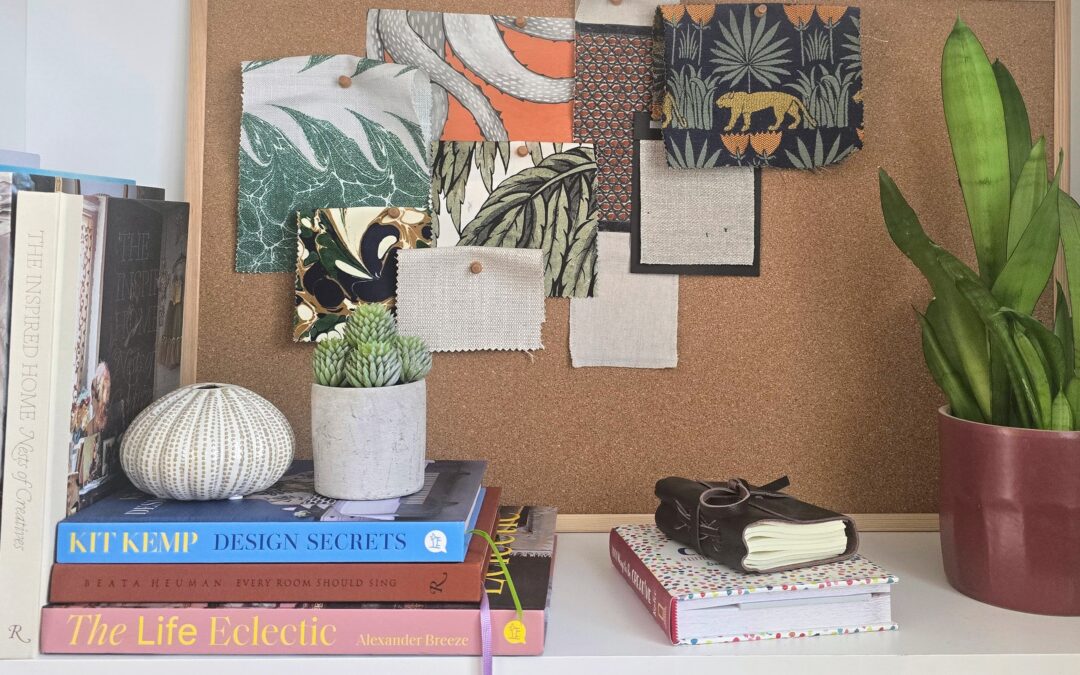When planning your home interiors, few decisions have as much lasting impact as your colour scheme. A well-planned palette creates flow, balances spaces, and transforms your house into a cohesive, welcoming home.
But without guidance, it’s easy to fall into the trap of choosing isolated colours room by room, resulting in a disjointed feel.
Today, we’re sharing how professional interior designers approach creating a full-house colour scheme — so you can achieve a beautifully curated look throughout your home.
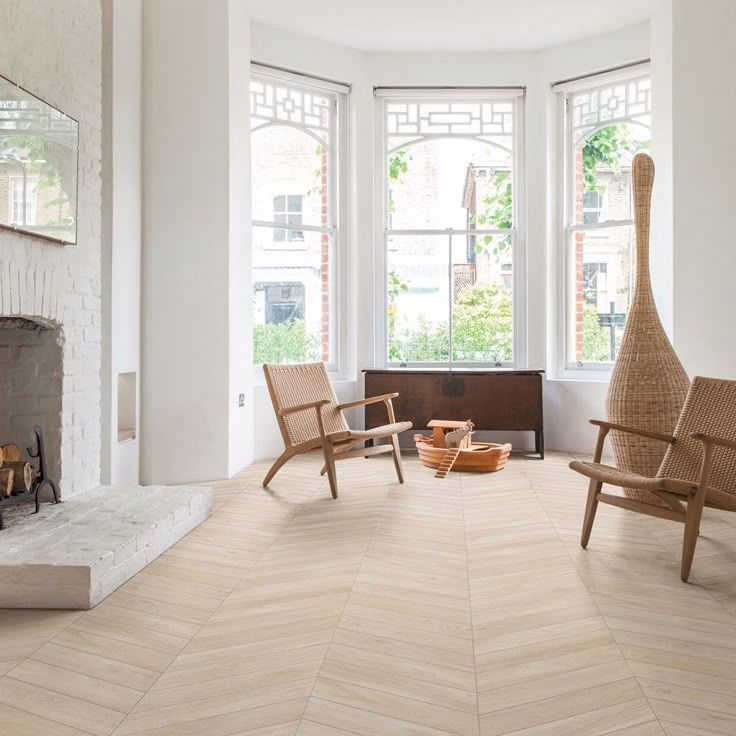
Step 1: Start with the Fixed Elements
Before reaching for the paintbrush, assess the ‘fixed’ elements you cannot (or don’t plan to) change: flooring, worktops, large furniture, even fireplaces. These existing materials and finishes set natural boundaries for your colour palette.
Choose tones that harmonise with these anchors. For example, if you have warm oak flooring, a palette of soft neutrals and warm-toned colours will enhance the natural beauty of the wood.
Need help weaving new designs into existing spaces? Explore our Residential Interior Design Services.
Step 2: Pick a Base Tone for the Whole House
Designers often recommend selecting a dominant base tone — a neutral or muted colour that carries through your home. Think off-white, soft beige, muted sage, or dusty blue.
This base acts as a thread linking each room, giving your home a sense of cohesion. Accent colours can vary, but the base should flow naturally from space to space.
Johanna Endres-Castillo, founder of Speaking of Interiors, favours timeless, versatile palettes that adapt beautifully to each room’s mood and light.

Pro Tip: Designer Colour Balancing
- Professional designers often use principles like the 60-30-10 rule: 60% dominant colour, 30% secondary colour, and 10% accent colour in a room.
- Another technique is maintaining a consistent warm or cool undertone across the home for a natural flow.
- Tone-on-tone layering — using variations of the same hue — also adds subtle depth without overwhelming the space.
Step 3: Use Colour Zoning Strategically
Different rooms serve different purposes — your colour scheme should reflect that. Bedrooms may call for calming tones, while kitchens or offices might benefit from brighter, energising hues.
When styling an open-plan home, zoning with colour can subtly define areas without erecting physical walls. Think tonal shifts: a deeper shade of your main colour for the dining space, a lighter version for the sitting room.
Planning a full transformation? Discover how we can support you with a Turnkey Interior Design solution.
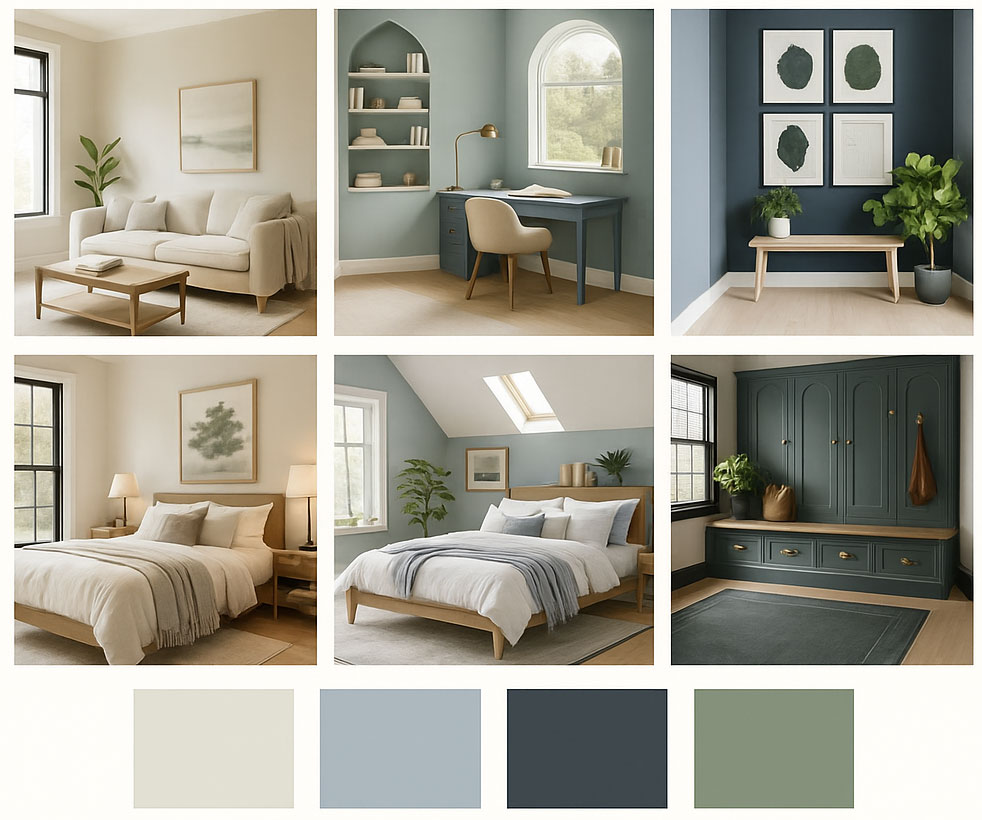
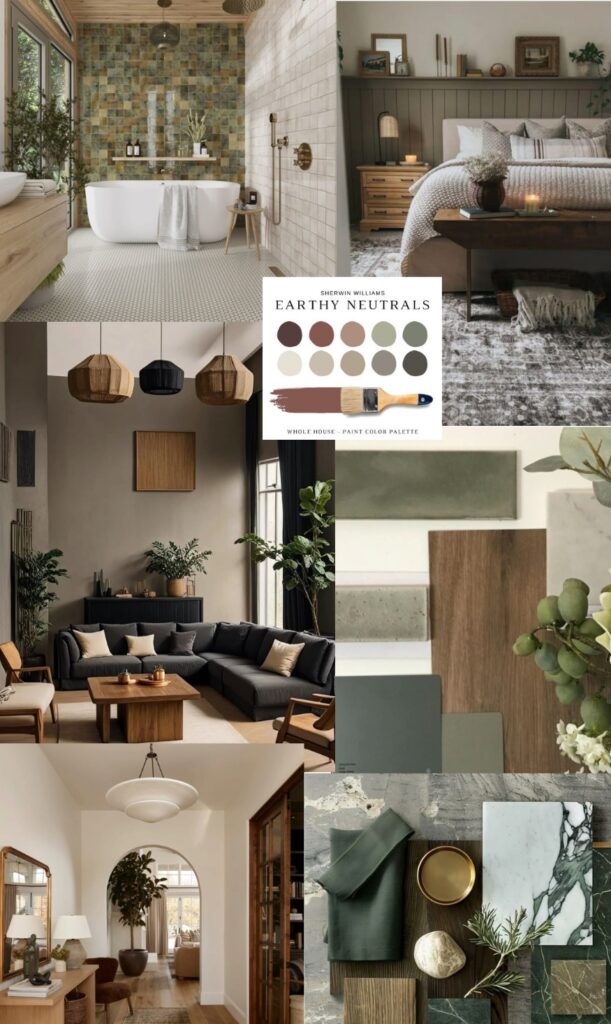
Step 4: Add Accents with Purpose
While a cohesive palette is key, small changes in tone and accent colours can bring personality to each room. Choose two to three accent colours that complement your base tone and distribute them thoughtfully across your home.
For instance, introducing navy or deep forest green in smaller spaces like a study or powder room can create a dramatic, elegant statement without overwhelming your overall scheme.
Example Colour Scheme for a Whole House:
- Base colour: Soft Beige (warm light grey-beige)
- Secondary colour: Dusty Blue
- Accent colours: Deep Navy and Sage Green
- Variation Tip: Use deeper shades in darker rooms (north-facing). Keep lighter shades for sunny, south-facing rooms
This simple flow creates harmony without feeling repetitive.
When choosing accent colours, it’s worth considering the psychology behind them.
For example, soft blues promote calmness in bedrooms, while yellows and greens bring energy and vitality to kitchens and workspaces.
If you want to dive deeper into how colours interact and influence each other, you can explore the basics of colour theory for a broader understanding.

Want to try a moodboard yourself?
- Before choosing your colours, gather inspiration.
- Create a mini moodboard with photos of your space, natural light at different times of day, and a few tones or textures you’re drawn to.
- You’ll start to see patterns — and from there, your colour scheme will begin to take shape.
Need a second opinion? We’re just a message away.
Explore Online Interior Design Services →
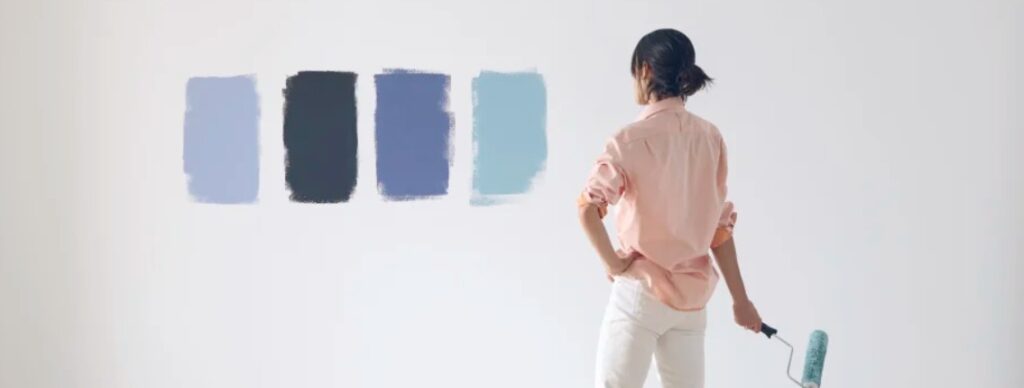
Step 5: Consider Natural Light
The quality and direction of light in each room dramatically affect how colours appear. North-facing rooms may enhance cooler tones and make them feel crisp but could also look chilly. South-facing rooms flood colours with warm, golden light.
Test your chosen shades in each room at different times of day before committing.
(Coming soon: Our guide on “Choosing the Right Lighting for Living Rooms” for even more professional tips!)
Step 6: Test, Test, Test
Paint swatches are helpful, but never rely on a postage-stamp-sized sample. Paint large boards or sections directly onto walls and observe them across morning, afternoon, and evening light.
Remember to test with your room’s actual lighting — both natural and artificial.

Common Colour Scheme Mistakes to Avoid
- Choosing colours in isolation, without considering flow
- Ignoring natural light — what looks soft in one room may feel stark in another
- Overusing bold colours in multiple rooms — your eye needs places to rest
- Relying only on small swatches (always test large areas!)
A thoughtful palette doesn’t have to be complicated — but it should be intentional.
When to Call a Professional
If you’re struggling to bring it all together, a professional designer can save time, money, and frustration. From understanding undertones to achieving subtle layering, an expert eye ensures every room feels distinct yet harmonious.
Want a home that feels effortlessly stylish? Explore our Online Interior Design services to get started from the comfort of your own home.
By thinking like a designer and approaching your colour scheme with intent, you can create a home that feels curated, comfortable, and uniquely yours — from the first step through the door to the last room down the hall.
Final Thought from Johanna
“A home’s colour palette should feel like a thread — connecting one room to the next, but never constraining your creativity.
Start with the mood you want to live in, and build from there.”
Designing your whole home colour scheme can be surprisingly joyful when guided by the right tools — and we’re here to help if you’d like support.

